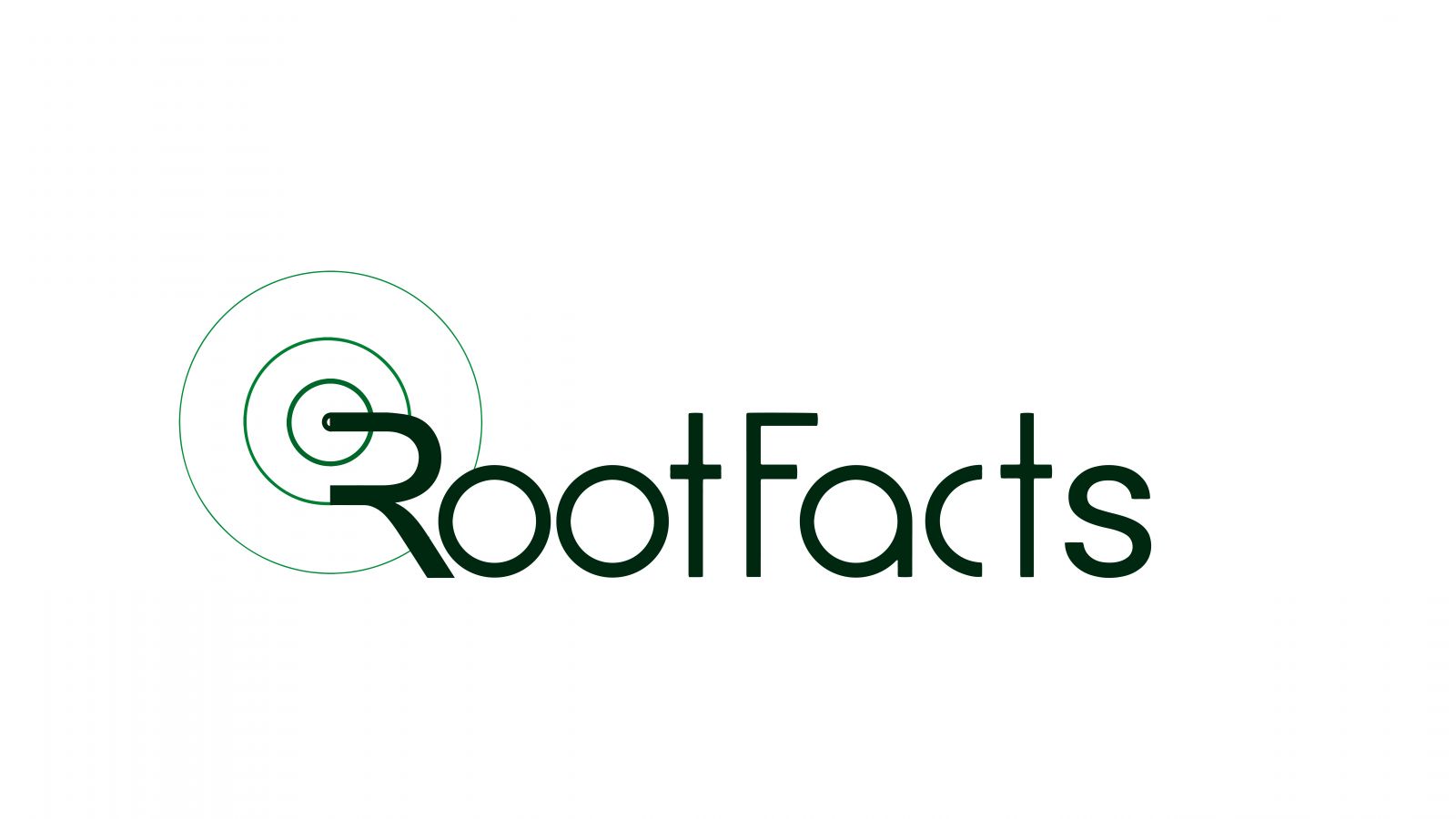Case Study 1
Enhanced Ship Performance with Predictive Maintenance and Route Optimization
Challenges
Traditional ship maintenance relies on scheduled repairs and reactive measures, which can lead to unexpected breakdowns and costly downtime. Marine companies struggle to predict potential equipment failures and optimize fuel consumption during voyages.

Impact
Unexpected breakdowns can cause delays in deliveries, disrupt operations, and incur significant repair costs. Fuel inefficiency increases operational costs and environmental impact.

Solutions
A marine company can equip their ships with IoT sensors that monitor engine performance, fuel consumption, and vibration levels. Additionally, sensors can be placed on critical equipment to track its health and predict potential failures. This data is transmitted via satellite to a central platform for analysis by AI algorithms. These algorithms can predict maintenance needs and recommend optimal routes for fuel efficiency.
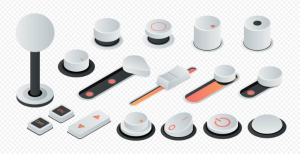
Benefits
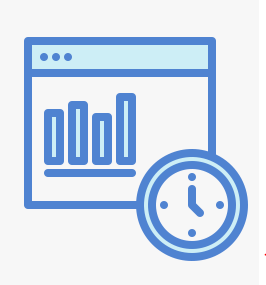
Proactive maintenance based on real-time data on ship systems and equipment health.
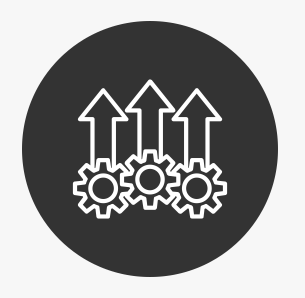
Reduced downtime and improved operational efficiency through early problem detection and repair
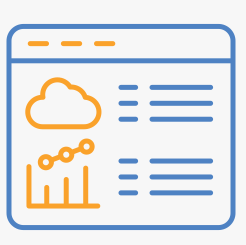
Optimized fuel consumption based on weather data, sea conditions, and real-time performance analysis.

Reduced operational costs and environmental impact due to fuel efficiency measures.
Case Study 2
Smart Buoys for Improved Marine Environment Monitoring and Safety
Challenge
Traditional marine environmental monitoring relies on infrequent ship-based sampling and limited data collection. Marine companies or research institutions struggle to track long-term environmental changes and monitor safety hazards at sea.

Solution
Marine companies or research institutions can deploy a network of smart buoys equipped with various sensors. These sensors can monitor water quality parameters like temperature, salinity, pollution levels, and even ocean currents. Additionally, the buoys can be equipped with weather sensors, AIS transceivers to track ship traffic, and even underwater acoustic sensors to detect marine life. The collected data is transmitted via satellite for real-time analysis and visualization.
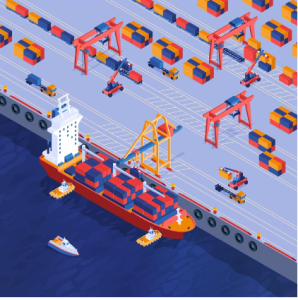
Benefits
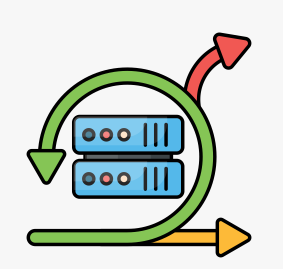
Comprehensive and continuous data collection on various marine environmental parameters.
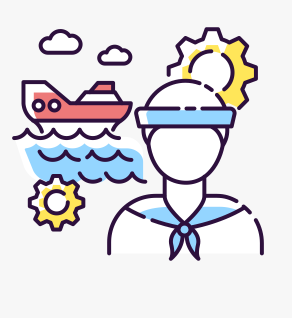
Improved understanding of ocean health and the impact of human activity.
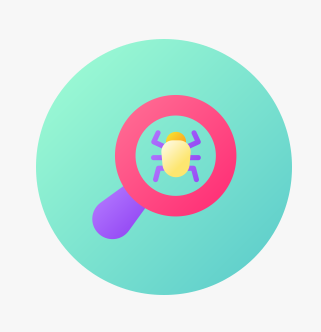
Early detection of potential pollution events and proactive intervention to mitigate environmental damage.
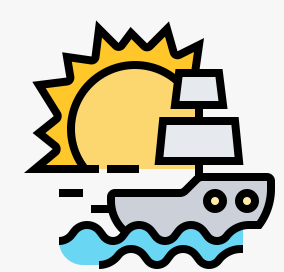
Enhanced maritime safety through real-time tracking of ship traffic and weather conditions.
